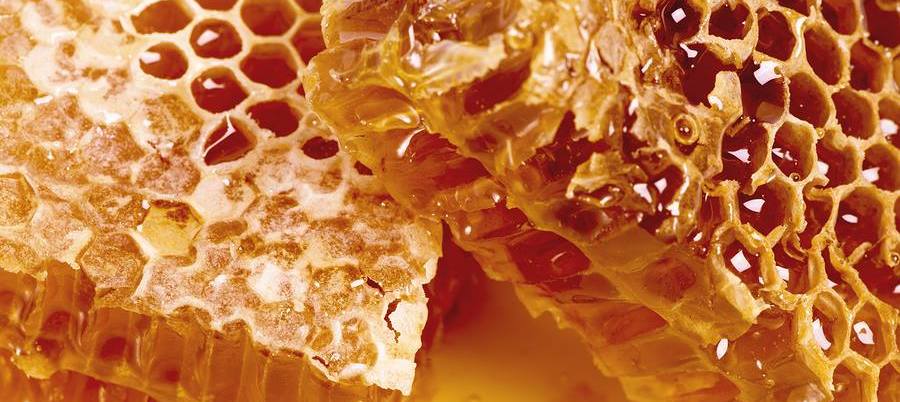Asian Hornet Week 2020
Posted on 7th September 2020 at 22:39
Asian Hornet (Vespa Velutina) is an invasive species of insects that prey on smaller creatures, especially honeybees.
A fertile Asian hornet queen (gyne) arrived in Lot-et-Garonne in the South West of France in 2004. It was thought to have been imported in a consignment of pottery from China. it quickly established and spread to many regions of France including the Channel Islands. The hornet preys on honeybees, Apis mellifera and disrupts the ecological role which it provides and damages commercial beekeeping activities. It has also altered the biodiversity in regions of France where it is present. In France a drop of 65% in the general insect population has been recorded wholly due to the predatory actions of Asian Hornet. Wildlife experts warned it was "just a matter of time" before Asian hornet appear in Britain to threaten the beleaguered bee population.
Asian Hornet Week as asking to public to look out for this invasive insect. The hornet is not resident in this country although occasional sightings have been made since 2016. Each sighting was followed up by members of DEFRA Non-native species secretariat, the nest tracked down and destroyed.
Below is a side by side reference picture and description of the differences between out native Hornet (left) and Asian hornet (right).
Vespa Crabo Native
Legs: Brown
Head: Brown from above, yellow face
Thorax: Black and brown
Abdomen: Mainly yellow with black bands, spots marks like ‘dripping paint’
Activity: Maybe active at night
Vespa Velutina Non-native
Legs: Yellow at ends
Head: Black from above, orange face
Thorax: Black and velvety.
Abdomen: Mainly black with one obvious yellow/orange band
Activity: Never active at night

Nicola Spence, Defra Deputy Director for Plant and Bee Health, said: "We have been anticipating the arrival of the Asian hornet for some years and have a well-established protocol in place to eradicate them and control any potential spread. "It is important to remember they pose no greater risk to human health than a bee, though we recognise the damage they can cause to honey bee colonies. "That's why we are taking swift and robust action to identify and destroy any nests."

BBKA - Britsh Beekeepers Association
What to do if you suspect you have seen an Asian Hornet?
Download the Asian Hornet Watch app from the your play store. The app has lots of information to identify the insect.
If you can and only if it is safe to do so take a photo of the insect and/or the nest.
Caution, Caution, Caution
Do not approach the nest or disturb it. Asian hornets, as with any insect, will aggressively defend it.
With an in-app photo the time, date and location of the photo will be recrded and alert the Great British Non Native Species Secretariat (NNSS) who initiate their detect, test and destroy protocol. Before destruction samples of the hornets are taken to establish from which population they originated.
Alternatively you can record your photo, time, date and location details at the Biological Records Centre. Click HERE for their website.
OR
Alternatively you can record your photo, time, date and location details in an email to alertnonnative@ceh.ac.uk
Below are two really good identification resources as provided by the National Bee Unit.
Click HERE for ID_Vespa_velutina_(Asian_Hornet)_4.0.pdf
Click HERE for Asian_hornet_postcard_V4_2019.pdf
I hope you take a few minutes look at the resource, maybe look up Asian Hornet on-line so when you are out and about and you see a large dark coloured flying insect you may think "Is it a Asian Hornet?" and take one of the actions above.
It is important we prevent this invasive species gaining a foot hold in our country.
Share this post:








